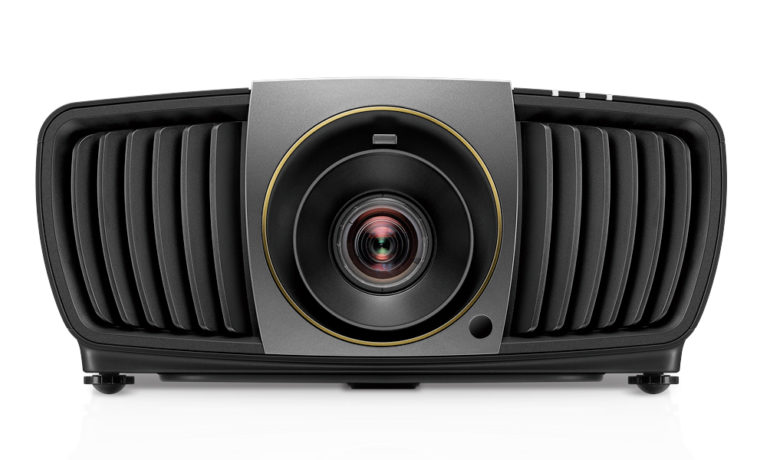Table of Content
Now that we’ve logged some time with the Beam, we can vouch for that claim. While watching Planet Earth II,we noted Sir David Attenborough’s voice sounding almost suspended in midair just in front of our LG E8 OLED TV’s screen, even while the film’s soaring soundtrack swelled in and out among myriad nature sounds. The fact that the Beam has new competition from the Fire TV Cube – unveiled just a day after the Beam – only increases the likelihood that both of these devices will continue to improve with updates over time.

Otherwise, setup of the One is pretty streamlined, and adding Alexa to your account is performed automatically. Be aware that it virtually forces you to do a TruePlay setup when you install it, which involves waving your phone around the room for 60 seconds. Also, you may want to check the EQ as by default the Loudness control is set to "On", and I found it sounded better with it off.
Happy Holidays and Thank You to all of our Secrets Supporters
Don’t buy it if you are super picky about sound quality and need audiophile-grade performance. We in the tech biz toss the term “wireless multiroom audio” around a lot, but what Sonos really does is put great-sounding music in every corner of your home or business — while making it dead simple. We like to think of Sonos as the audio company Apple wishes it could be — one that gives you amazing sound that “just works.” So what could possibly raise our enthusiasm about the company and its wares?
Soundbars have been replacing traditional "home theaters in a box" for years now. Their convenience level has always been high enough, and they've now gotten good enough, that sticking them below a TV is simply more attractive for most people than fiddling with a multiple-component set up. Since both soundbar-based home theaters and Sonos systems are designed to be simple to set up and easy to expandable, it really is a match made in geek heaven. Sonos says it designed the Beam to be really good at enhancing dialogue, something that often plagues home theater setups.
Sonos One review
As tempting as the wireless speaker developments have been recently, I'm also not going to jump on the Sonos bandwagon. Too many compromises and not enough cutting edge features...for such expensive speakers. Going to sit tight and wait (and this is from a guy who always gets the latest Apple gear etc.).
The fact that it even gets close is impressive, but if you want to hear even those near sub-sonic notes you do have an option – add a Sonos Sub. Having said that, it seems Sonos has gone for a sound that’s more atmospheric than full of impact. It sounds as if it’s firing sound upwards rather than out into the room and to the listening position, especially if you’ve laid it flat. That seems more of a design decision than a fault to us, but it does mean the presentation is a little less involving than it could be. Set-up is dead simple using the Android or iOS app, which takes you through adding the Playbar in the same way as any other Sonos component as well as taking you step-by-step though the connection process.
The voice
Plug the Sonos One into a wall outlet, pull the Sonos app up on a smartphone or tablet, and let the app walk you through the process. It will begin by having you create a Sonos account if you don’t already have one. The app's ability to add "favorites" to the first screen is nice but too many common controls, such as adding new streaming services or adjusting the EQ, are hidden behind the "..." button.

The Sonos Playbase is a low-slung sound base with impeccable design and impressive sound. Its bass is even better than the Playbar's, so there's no need for a sub. Sonos' app and other speakers make it part of one of the best multiroom systems available. I have a V1 Play 5 in the living room, a Play 3 in the Bedroom, and a couple of Play 1's.
But I'm going through a phase of buying less, but buying better. I'm also willing to buy one element at a time, and space them out. That approach might not suit everyone, but it's currently suiting me. First, it uses digital audio to connect and not HDMI, so Hollywood couldn't prevent me from watching content I legally bought and paid for anymore. It’s all gain then, but its gain that you have to pay a great deal for – and given the Playbar’s level of quality in its own right it’s a stretch that only the wealthy or very dedicated should really consider.
I don’t recommend running out to replace all your Connect Amps with the new Amps. For people that need multiple zones of audio in a rack mounted setup though, the Amp is definitely the way to go. I don’t understand the need for HDMI ARC in a two-channel configuration since you’d give up the dialog speaker.
Another interesting reason to use the Amp is it can handle two speakers per channel, for a total of four speakers driven. Both of those features are more useful to a custom integrator and most homeowners won’t have to drive four speakers or drive a 4-ohm load. For custom integrators, the Amp is a good successor to the Connect Amp and as an integrator myself, I welcome the new Amp to Sonos’s lineup for large whole house audio projects. Setup is easy, like any Sonos product; unbox it, connect all the wires, then open the Sonos app and follow the instructions. The unit is designed to work right out of the box with banana connectors, you just slide them into the slots.

Also with the Apple TV Generation 4 now losing the Optical port then it must mean that the Playbar is due for a HDMI model? There must be a white model on the horizon as well they came out with a white Sub very recently. Also Netflix, Hulu with Showtime, HOBNOW, Warner Archives, and CBS all access going to it... AS I'm hard of hearing I don't have any speakers hooked up with it. Once you're fully set up, everything is controllable via your iPhone and/or iPad.


No comments:
Post a Comment